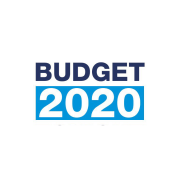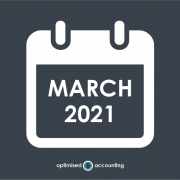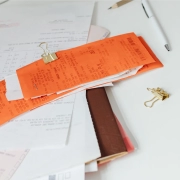You’ve got clients, you’re making money and you’re paying the bills. But if you don’t have a budget, how do you know your business is on track?
Many businesses make the mistake of not creating a budget, either because they don’t know how, they don’t think it’s important, or they simply couldn’t be bothered.
According to ASIC, almost half of insolvencies in 2015-16 were caused by cash flow issues which are often underpinned by poor financial management and a lack of budgeting.
Fortunately, setting up a business budget is easier than you think and will save you major headaches down the line.
Step 1: Determine the timeframe
Most business budgets will forecast ahead for the full year to allow for seasonal variations. However, some will map their budgets quarterly of even monthly, depending on their needs.
Step 2: Make a spreadsheet
Once you have a timeframe, make a spreadsheet for your business so that you can map your activities across the whole budget period. You can get a simple template here, or come in and visit us to help you to set one up.
Step 3: Predict your income
Have a look at past periods to see when and how much money has come into the business. Remember to account for late payments and regular peaks and troughs.
Once you have an estimate, map the key predicted payments into the spreadsheet.
Tip: Be conservative in your estimates – it’s better to be pleasantly surprised than to find your income falling short.
Step 4: Calculate your fixed costs
Every business has fixed costs – those that stay the same from month to month.
These probably include rent, insurance, subscription or membership costs, and salaries – including your own. Once you’ve worked out the fixed costs, put them into the spreadsheet.
Step 5: Now calculate your variable costs
Like the fixed costs, every business will have costs which vary from month to month.
These might include utility bills, advertising costs, material costs and taxes. As these will vary, put an estimate across the spreadsheet, noting where the main payments will be due. This will be particularly important to help you manage your cash flow.
Step 6: Actuals
Congratulations, the budget is written. Now you have to use it. Over the course of the budget period, record your actual income and expenditure with line items that match your budget.
Step 7: Analyse
Don’t wait until the end of the budget period to see how you’re tracking against your estimates. You need to keep your eye on the ball at all times. So make sure you’re constantly measuring what your budget is projecting versus what is actually happening.
Need assistance?
While we’ve tried to make this simple, we understand that setting up an accurate business budget isn’t always straightforward.
If you need help, come in and have a chat to us. We can step you through the process, help you with your spreadsheet, and make sure you use your budget effectively.
Disclaimer: The content of this article is general in nature and is presented for informative purposes. It is not intended to constitute financial advice, whether general or personal nor is it intended to imply any recommendation or opinion about a financial product. It does not take into consideration your personal situation and may not be relevant to circumstances. Before taking any action, consider your own particular circumstances and seek professional advice. This content is protected by copyright laws and various other intellectual property laws. It is not to be modified, reproduced or republished without the prior written consent.










